It’s Not The Size That Matters
OK, so maybe size does matter, at least when it comes to diamonds. Seemingly, larger than life diamonds are in the news (and on the auction block) much more frequently these days. Earlier this year, we saw the Lesedi La Rona, the largest diamond found in the past hundred years go up for auction. The Lesedi, found in November 2015, wasn’t the only big gem discovered that week. Two other huge diamonds were found from the same mine within 72 hours – a 374 carat diamond which hasn’t been named and an 812.77 carat diamond called The Constellation.
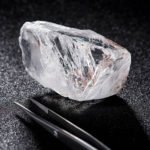
The Constellation
More remarkable still is the streak of large-diamond discoveries over the past few decades: by one reckoning about as many supersize diamonds (those that weigh 200 carats or more) have been unearthed in the past two decades as were found in the rest of the 20th century. Moreover, this streak seems to be growing hotter. Half of the 20 biggest diamonds discovered since 2000 have been quarried in the past three years.
Miners are getting better at locating and preserving big diamonds. Computer processing power has played a key role. For years, miners have used X-ray machines to help identify diamonds hidden within masses of rock, because they fluoresce when bombarded with rays. Now, with the aid of faster computers, sorting machines can use X-rays to scan tons of rock being carried on conveyor belts towards the crushers and instantly analyze the composition of each rock. When a diamond is spotted, the machine can divert the rock to save the stone from being crushed into smaller pieces.

TOMRA X-Ray Transmission Technology
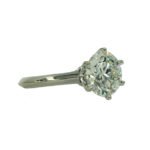 How will this trend translate to everyday jewelry? Does this mean that the expectations of diamond size will increase? What about the cost? Studies suggest that most women think of two carats as a decent-sized diamond, and a noticeably big diamond would be three carats and above. Of course, depending on where you are in the U.S., the answer will differ. The West and East Coasts tend to buy a bigger average center stone, so their perception of ‘big’ is going to be different than someone in the middle of the country. In New York, the average ranges from 1.5-2 carats, while women in the Midwest typically wear between .5 and 1-carat diamonds. But petite rings are also making a comeback. As millennials enter the market for rings, I am sure the trends will change again.
How will this trend translate to everyday jewelry? Does this mean that the expectations of diamond size will increase? What about the cost? Studies suggest that most women think of two carats as a decent-sized diamond, and a noticeably big diamond would be three carats and above. Of course, depending on where you are in the U.S., the answer will differ. The West and East Coasts tend to buy a bigger average center stone, so their perception of ‘big’ is going to be different than someone in the middle of the country. In New York, the average ranges from 1.5-2 carats, while women in the Midwest typically wear between .5 and 1-carat diamonds. But petite rings are also making a comeback. As millennials enter the market for rings, I am sure the trends will change again.
In the meantime miners are working to understand how to crack open diamond-bearing rock (in a word, gently). These efforts are worthwhile because the prices of bigger diamonds rise dramatically. A top-quality one-carat cut diamond might sell for at least $30,000, but a much rarer 100-carat stone will sell for $20m (a price per carat of $200,000).
Of course, you won’t see a Lesedi-sized diamond in an engagement ring any time soon. (And really, you probably don’t want to carry that sized rock around anyway!) You can however view impressively large diamonds in the Harry Winston Gallery at the Smithsonian’s National Museum of Natural History in Washington, D.C. The first public viewing in America of the 187.7-carat Diavik Foxfire diamond is taking place Nov. 17, 2016 to Feb. 16, 2017. It will be presented alongside the Hope diamond.
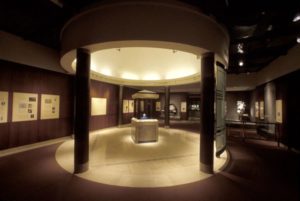
The Harry Winston Gallery
Interested in more stories like this?
Follow us on Facebook. Follow us on Twitter.
We send a monthly newsletter with clips to our favorite News & Events stories. Subscribe today.
[salesforce form=”2″]
Source: 1843 Magazine, The Great Big Diamond Boom; BBC News, Why have so many huge diamonds been found recently?

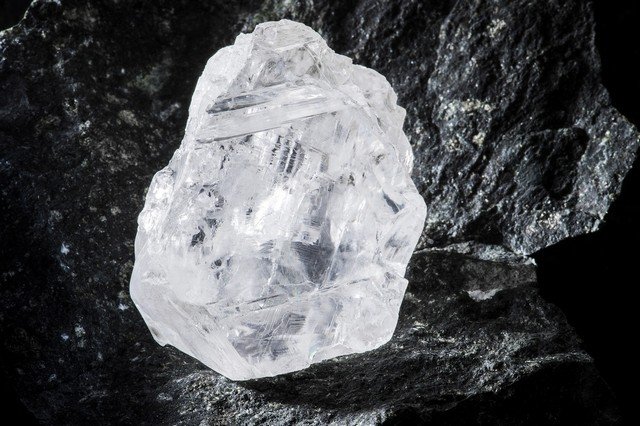

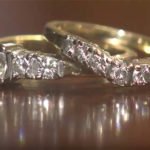

Leave a Reply
Want to join the discussion?Feel free to contribute!